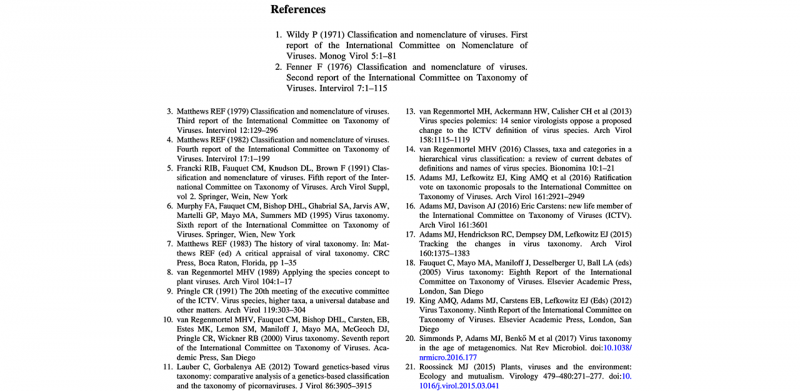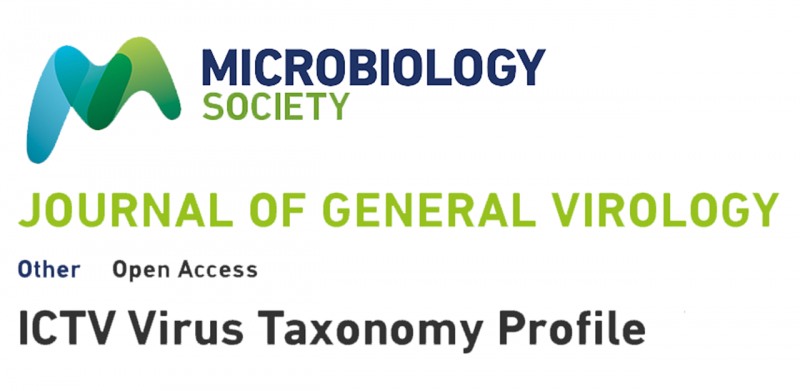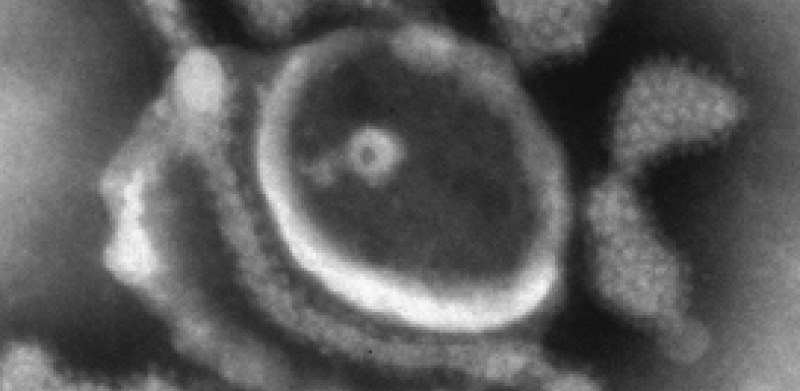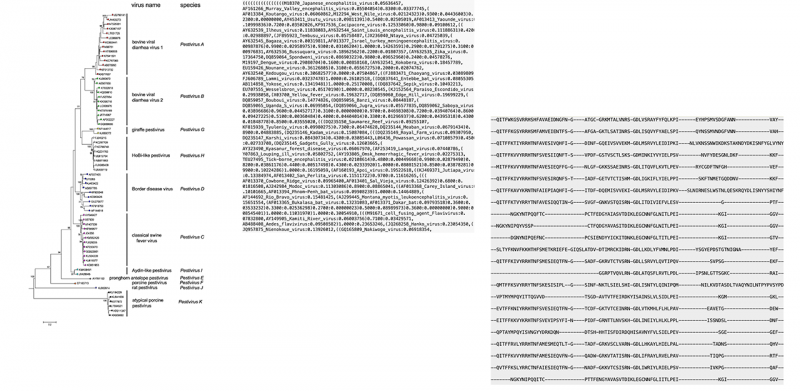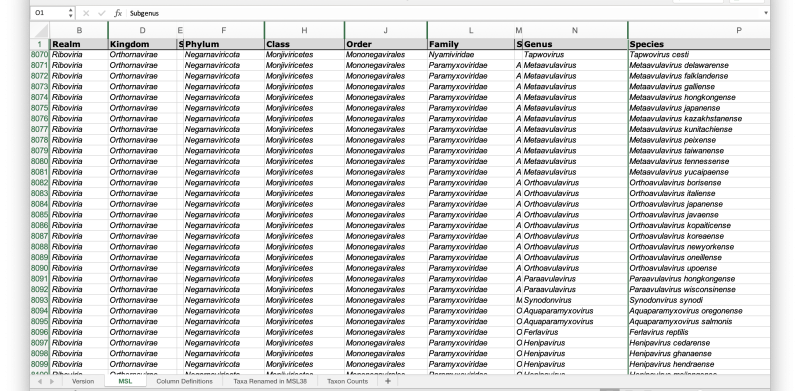References: Tosoviridae
References: Tosoviridae
Grimwood, R. M., Fortune-Kelly, G., Holmes, E. C., Ingram, T. & Geoghegan, J. L. (2023). Host specificity shapes fish viromes across lakes on an isolated remote island. bioRxiv, doi: 10.1101/2023.07.03.547585.

